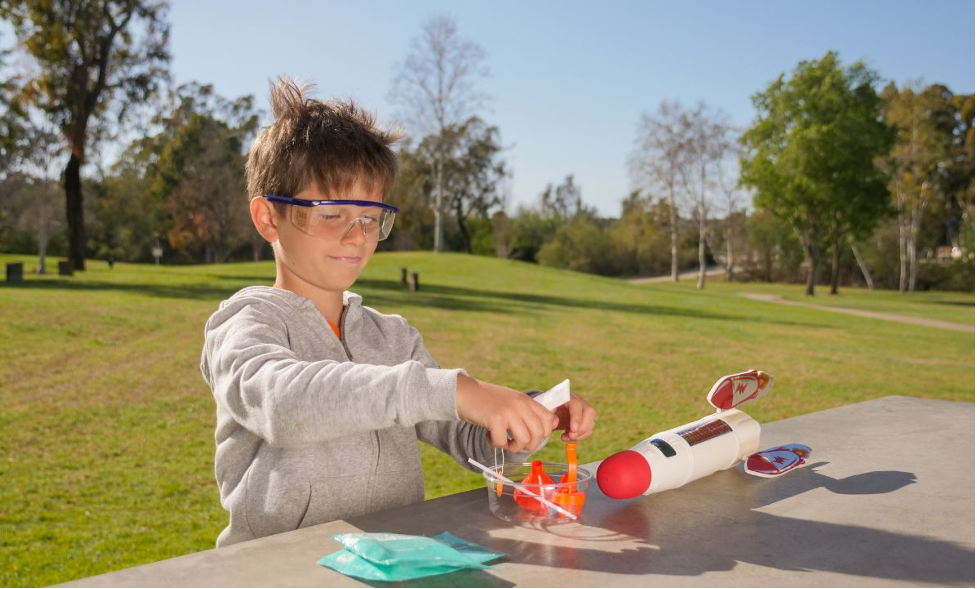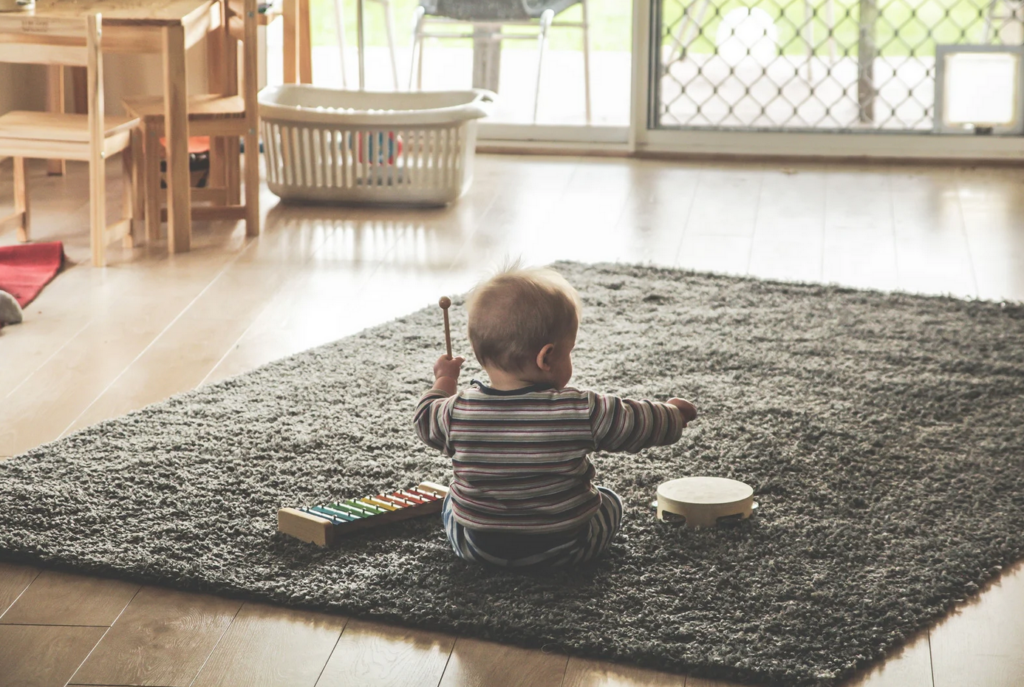Physical activity plays a crucial role in the overall health and well-being of children, including those with autism spectrum disorder (ASD). Engaging in regular physical activity not only promotes physical fitness but also offers a wide range of benefits for autistic children, including improved motor skills, social interaction, and emotional regulation. In this article, we’ll explore the importance of physical activity for autistic children and discuss practical ways to incorporate movement into their daily lives.
Improving Motor Skills
Many autistic children experience challenges with motor coordination, balance, and muscle strength. Participating in physical activities such as running, jumping, climbing, and swimming can help improve gross motor skills and coordination. Additionally, activities that involve fine motor skills, such as drawing, coloring, and playing with small objects, can enhance hand-eye coordination and dexterity.
Enhancing Social Interaction
Physical activities provide opportunities for autistic children to engage in social interaction and develop social skills. Team sports, group fitness classes, and recreational activities allow children to practice communication, cooperation, and turn-taking skills in a supportive environment. Encouraging participation in structured group activities can help autistic children build friendships, develop empathy, and learn to navigate social situations more effectively.
Promoting Emotional Regulation
Physical activity has been shown to have a positive impact on emotional regulation and mood stability in children with autism. Exercise stimulates the release of endorphins, neurotransmitters that promote feelings of happiness and well-being. Engaging in physical activities can help reduce stress, anxiety, and agitation, leading to improved emotional regulation and self-control. Regular exercise can also help regulate sleep patterns and energy levels, contributing to overall emotional stability and mental health.
Providing Sensory Integration
Many autistic children have sensory processing difficulties and may experience sensory sensitivities or sensory-seeking behaviors. Physical activities that provide sensory input, such as swinging, bouncing, or rolling, can help regulate sensory processing and promote sensory integration. Outdoor activities, such as hiking, biking, or playing in nature, offer opportunities for sensory exploration and stimulation in a natural environment.
Fostering Independence and Self-Confidence
Participating in physical activities empowers autistic children to explore their capabilities, build self-confidence, and develop a sense of independence. As children master new skills and achieve physical milestones, they gain a sense of accomplishment and pride in their abilities. Encouraging autonomy and providing opportunities for success in physical activities can boost self-esteem and resilience in autistic children.
Conclusion
Physical activity plays a vital role in supporting the overall health, well-being, and development of autistic children. By incorporating regular physical activity into their daily lives, parents, educators, and caregivers can help children with autism improve motor skills, enhance social interaction, regulate emotions, integrate sensory input, and foster independence and self-confidence. Whether it’s playing at the park, swimming in the pool, or dancing to their favorite music, finding enjoyable and accessible ways to stay active can make a significant difference in the lives of autistic children.



